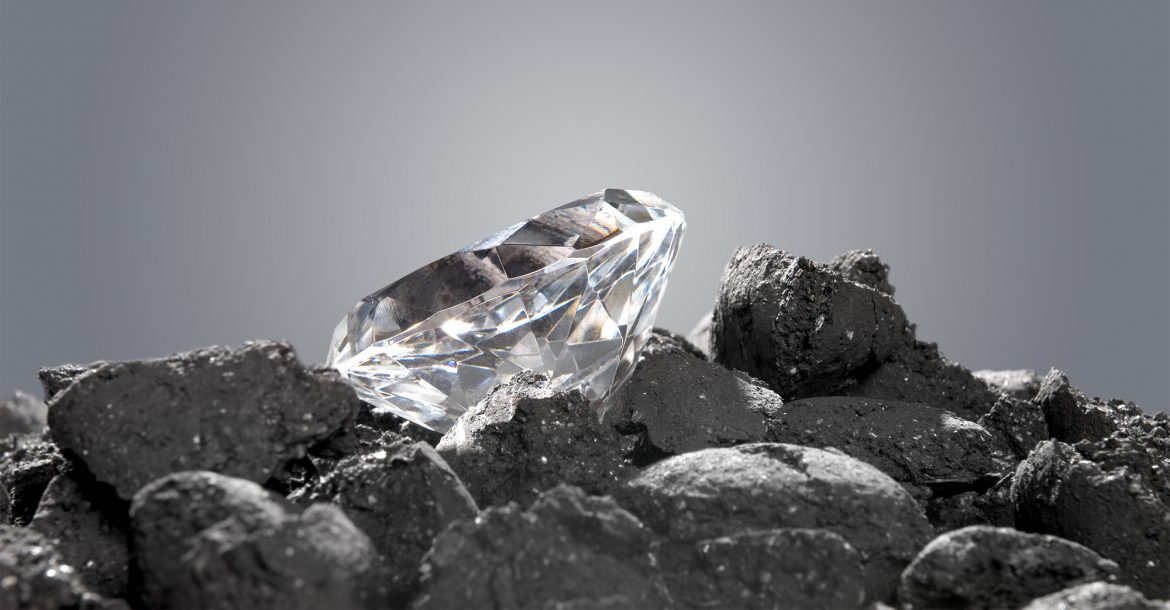The market for this synthetic mineral could be worth nearly US$50 million by 2025, and it’s finding its way onto the fingers of brides who would rather spend money on a house or nice holiday than on a pricey engagement ring
A hot trend in big bling, moissanite offers a strong alternative to diamonds at a fraction of the price – something that brides-to-be are increasingly picking up on as they buy more of the clear, shiny, laboratory-concocted substitute.
“Moissanite is perfect for the bridal market,” says Alana Chang Weirick, who runs the B2B moissanite firm Moissanite International and the Australian moissanite shop Moi Moi. Engagement rings, she says, account for 80 per cent of Moi Moi sales. “And interestingly it is the brides themselves who come into the store to choose their rings or tell their partners about moissanite. They are savvy women who generally want big stones and know what they want.”
The brides and grooms who buy moissanite jewellery have a responsible stance, according to Weirick. They choose to spend their money on a deposit for a house or a holiday, or on their wedding or honeymoon, rather than on a pricey engagement ring.
She pegs the size of the moissanite market at US$30 million. “But later it will grow exponentially, once people are aware of the beauty and value of the moissanite gemstones,” she says.
Moissanite merchant and metalsmith Kristin Coffin sees three more attractions in moissanite. “It’s affordable, ethically made, and the options encourage complete freedom of style – and lifestyle,” she says. “You can have a gorgeous designer ring that fits your style, and still have money left over to travel, or buy a house.”
In previous decades, Coffin says, couples were told they must have a certain-sized diamond that consumed a certain percentage of their salary.
Now, picking a ring is about making a meaningful purchase that aligns with your values and goals, she says. The current generation cares less about societal pressure and more about having money left for travel and other experiences.
“Plus, we care about the impact our purchases have on the Earth. Moissanite is gorgeous, and its story is also one of responsibility that fits perfectly with the values of this generation,” Coffin says.
The gem sells for about a tenth of what diamonds do. It was originally discovered in its natural form in the late 19th century by Nobel Prize-winning chemist Henri Moissan at an Arizona meteorite strike site called Canyon Diablo – Devil’s Canyon.
Moissan is described as “an excellent lecturer and a meticulous and patient experimentalist” on the Nobel Prize website. He did, though, originally mistake the moissanite fragments for diamonds, but later fell under the new rock’s devilish spell and devoted his life to recreating it. His efforts were in vain; but as it happens the Swedish discoverer of silicon, Jöns Jacob Berzelius, had already synthesised its constituent compound, silicon carbide (SiC), also known as carborundum.
Natural moissanite only occurs in quantities too small to make even an earring, so the retail kind is always synthetic. It was only brought to the market in 1998 after jewellers Charles & Colvard, formerly known as C3, received patents to make and market lab-grown silicon carbide gemstones.
The Gemological Institute of America (GIA) rates moissanite superior to diamond in overall appearance and heft. For some, moissanite is also less morally tainted given the controversies that surround the diamond industry. (So-called blood diamonds inspired the 2006 political war thriller starring Leonardo DiCaprio, which highlighted the dark side of the world’s most successfully branded gem.)
Like diamonds, moissanite also has some iffy aspects, however. While touted as colourless, it projects a yellow hue in some lights. Moissanite is also decried for its tendency to shine like a disco ball, whereas diamonds’ sparkle is less conspicuous.
It seems unlikely that moissanite will ever outshine diamonds in the glamour stakes. However, according to a global study, the moissanite market will grow from US$26 million in 2014 to US$49 million by 2025. Moissanite’s formula – a low-cost fusion of science and art – looks set to keep winning the hearts of responsible, thrifty romantics.
Source: https://www.scmp.com/lifestyle/fashion-luxury/article/2100695/moissanite-diamond-alternative-tenth-price-savvy-brides-be

